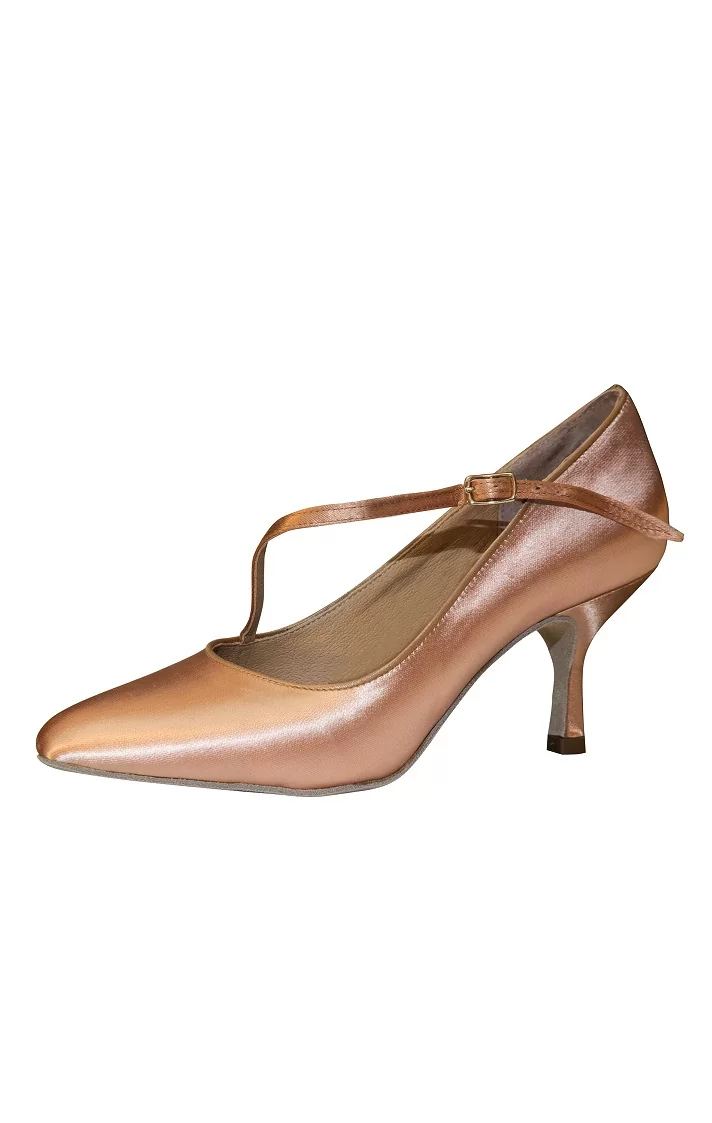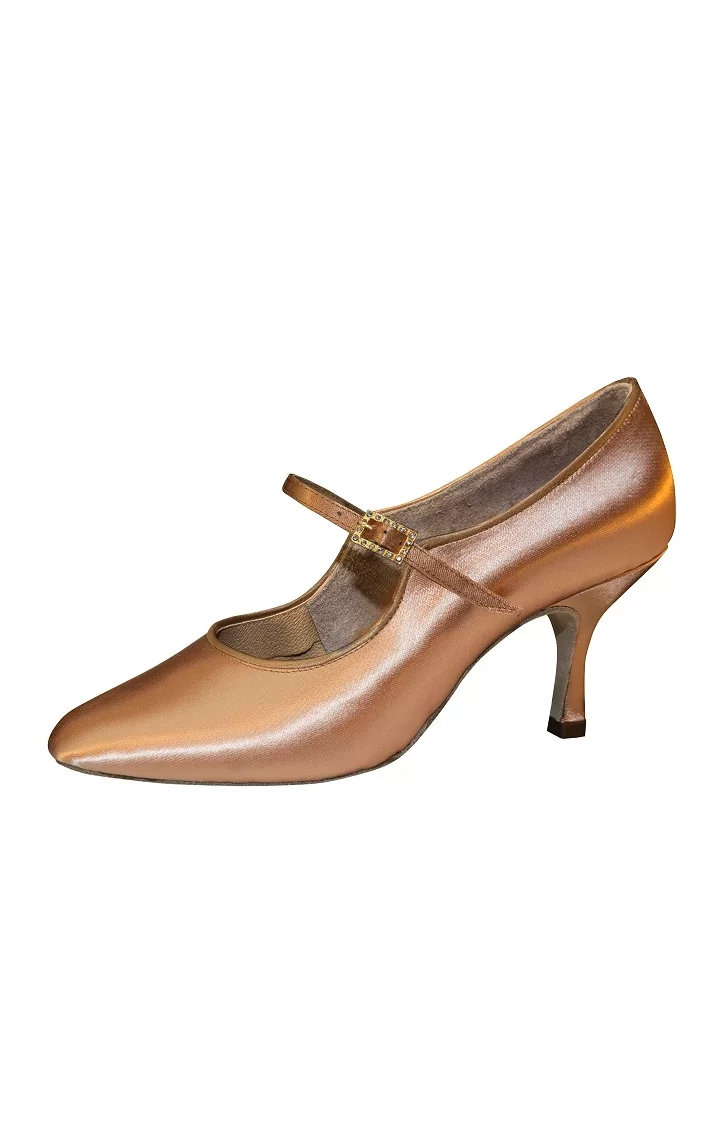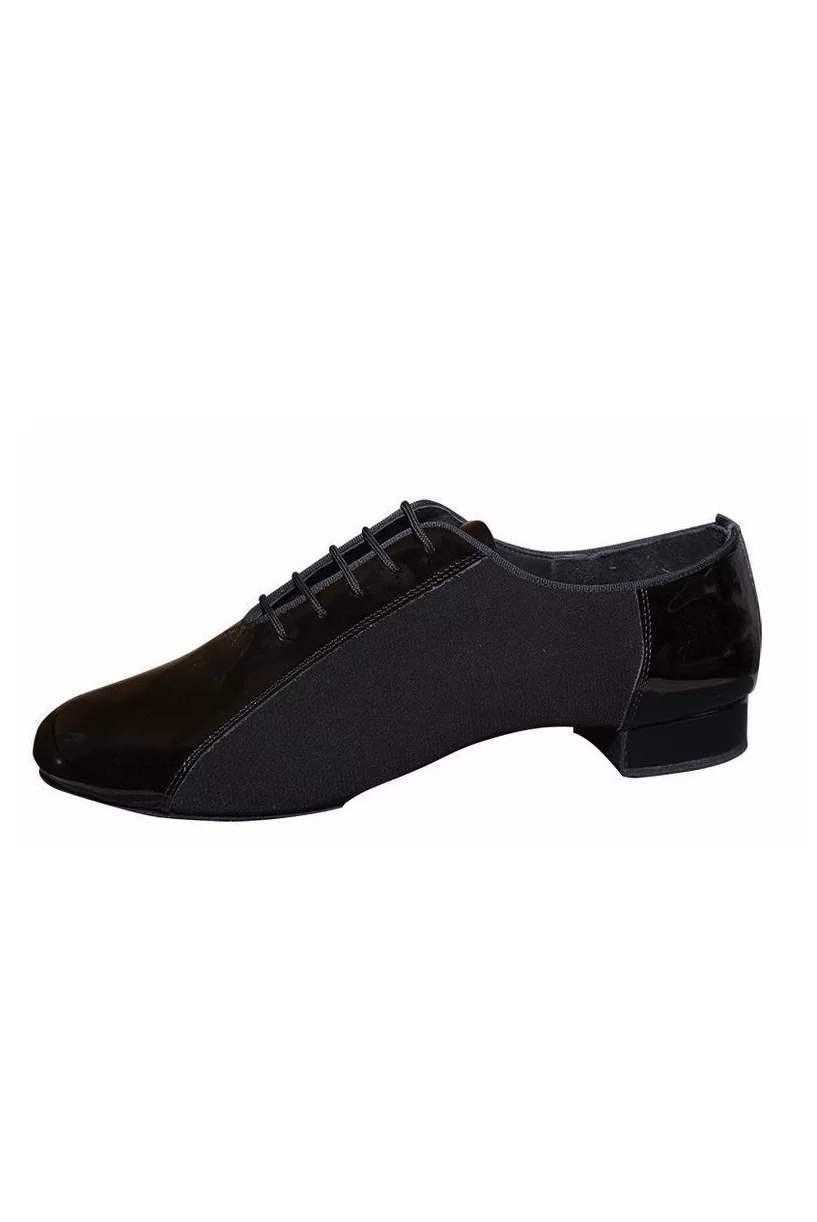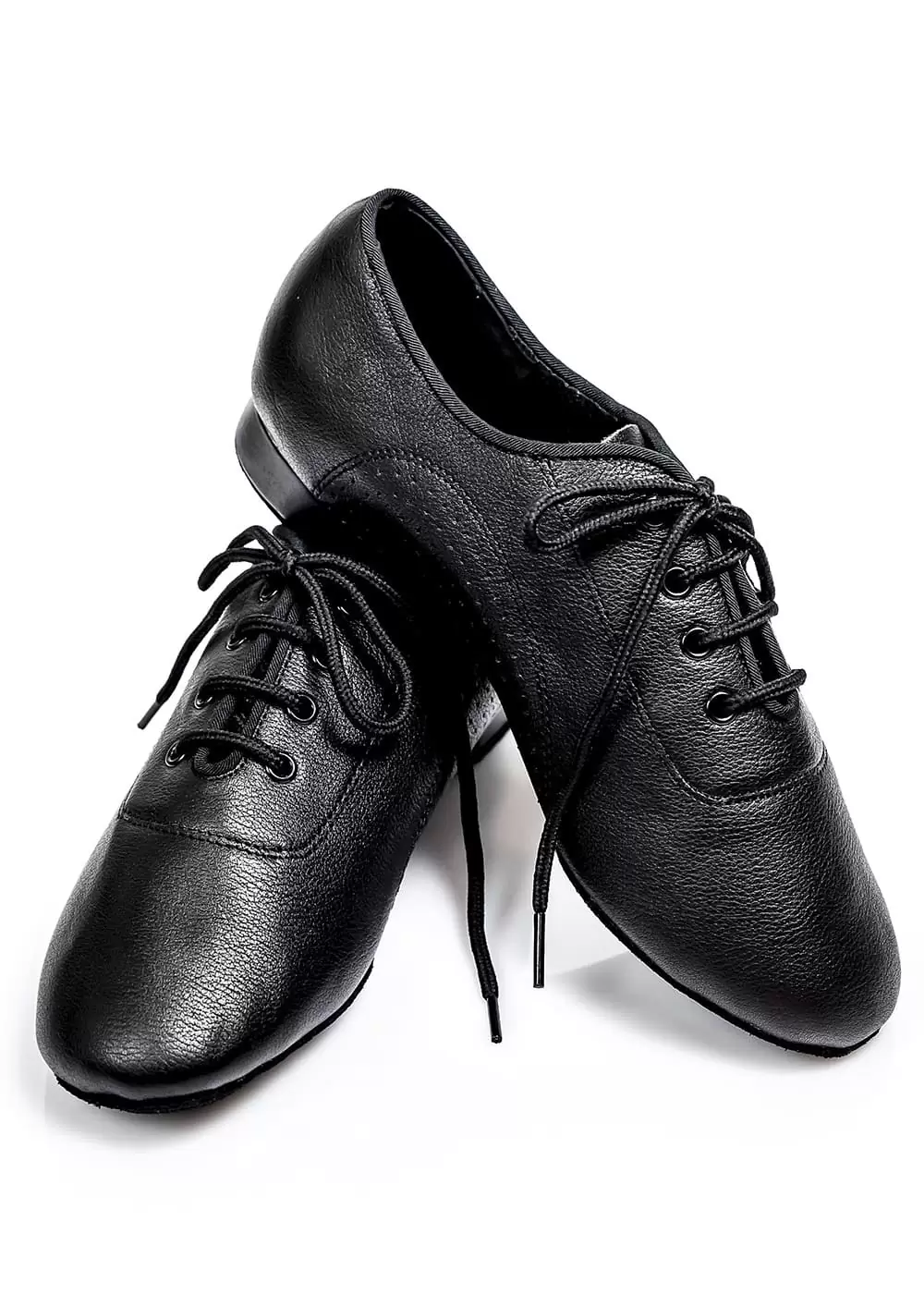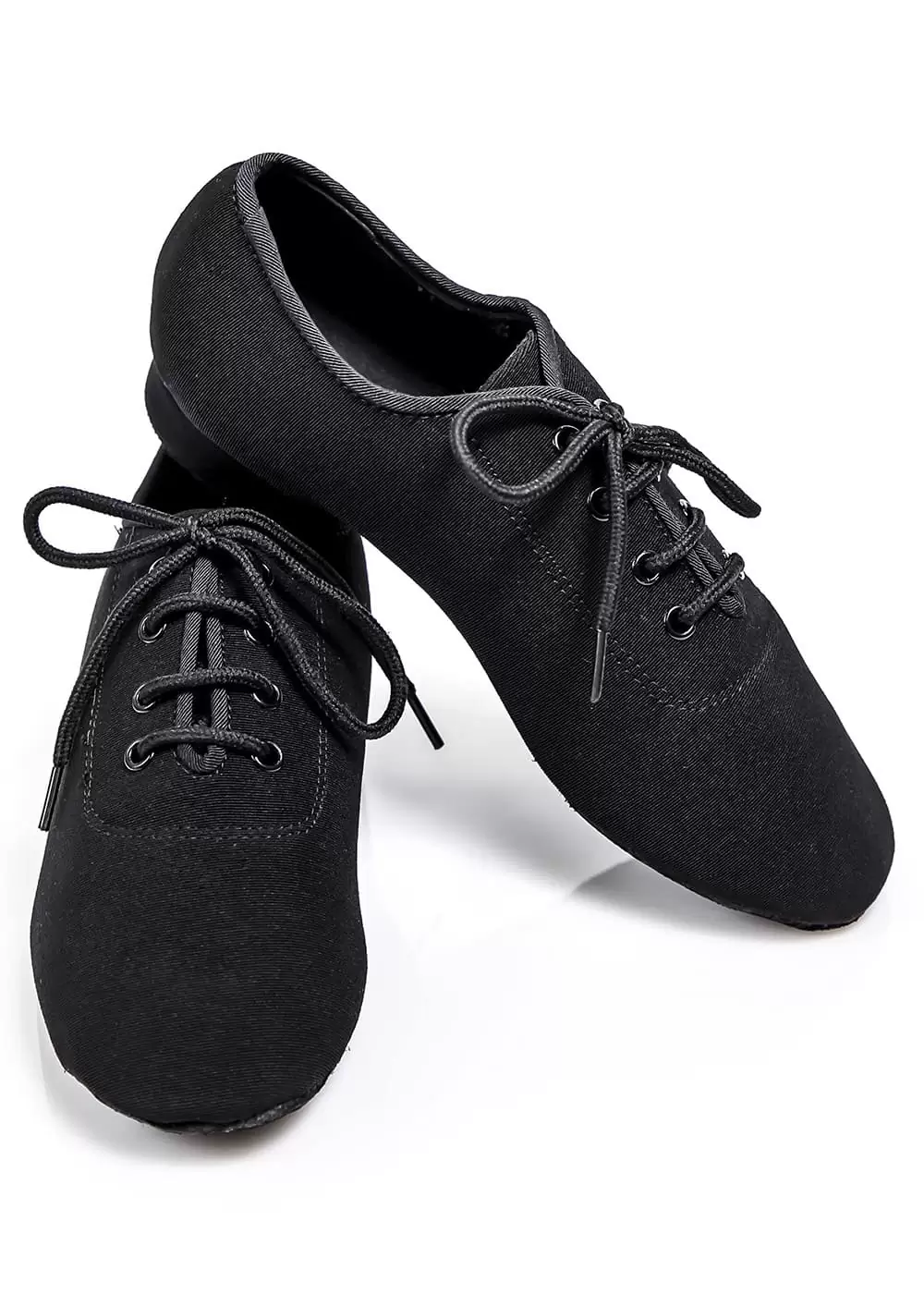For every ballroom dancer, having the right pair of shoes is paramount.
The perfect dance shoes provide the necessary support, comfort, and stability while also allowing for smooth and graceful movement across the dance floor.
With so many options available, choosing the right pair can be a daunting task.
This comprehensive guide will walk you through everything you need to know about ballroom shoes, from the different styles and materials to tips for finding the perfect fit and taking care of your investment.
Understanding the Importance of Ballroom Shoes
Ballroom shoes are specifically designed for the unique demands of ballroom dancing, providing dancers with the support and flexibility they need for optimal performance. Key features of ballroom shoes include:
- Suede soles: The suede sole provides the perfect balance between slip and grip, allowing dancers to glide effortlessly across the floor while still maintaining control and stability.
- Lightweight construction: Dance shoes are typically lighter than regular shoes, reducing the strain on a dancer’s feet and legs during long practice sessions and performances.
- Flexibility: Ballroom shoes are designed to flex and bend with the natural movement of the foot, providing the dancer with greater freedom of movement and a more comfortable fit.
- Support: Proper arch support is crucial for ballroom dancers, helping to distribute weight evenly across the foot and prevent dance-related injuries.
Popular Styles of Ballroom Shoes
Ballroom dance shoes come in various styles, each suited for different types of dance. Some popular options include:
- Open-toe shoes: These shoes are ideal for Latin and rhythm dances, as they provide greater flexibility and allow for better articulation of the foot. Ladies’ open-toe shoes often feature a strappy design and a slim, flared heel.
- Closed-toe shoes: Preferred by standard and smooth dancers, closed-toe shoes offer more protection and support for the feet. These shoes typically have a thicker sole and a wider heel base for added stability.
- Practice shoes: Designed for comfort and durability, practice shoes are perfect for long hours of training. They often feature a lower heel and a more supportive design, making them a practical choice for dancers of all levels.
- Men’s dance shoes: Men’s ballroom shoes are typically designed with a lower heel and a more supportive construction. Popular styles include oxford-style lace-ups and slip-on dance loafers.
Choosing the Right Material for Your Ballroom Shoes
Ballroom shoes are typically made from a variety of materials, each with its own set of advantages and disadvantages. Some common options include:
- Leather: Leather shoes are known for their durability and ability to mold to the shape of the dancer’s foot over time, providing a comfortable and customized fit. However, leather shoes can be more expensive and may require regular maintenance to keep them in good condition.
- Satin: Satin shoes are lightweight and elegant, making them a popular choice for performances and competitions. They can be dyed to match the dancer’s outfit, but may be less durable than leather shoes, especially if worn during practice sessions.
- Canvas: Canvas shoes are an affordable and lightweight option, often used for practice shoes. While they may not offer the same level of support as leather or satin shoes, they are breathable and easy to clean.
Finding the Perfect Fit
A well-fitting pair of ballroom shoes is essential for comfort and performance. Here are some tips to help you find the perfect fit:
- Know your size: Always measure your feet before purchasing dance shoes, as sizes can vary between brands and styles. Keep in mind that dance shoes should fit snugly, but not so tight that they cause discomfort or restrict movement.
- Consider width: Just like regular shoes, ballroom shoes come in various widths. Make sure to choose a pair that accommodates the width of your feet to avoid discomfort and potential injuries.
- Try before you buy: If possible, try on several pairs of shoes before making a purchase. This will allow you to find the best fit and style for your unique foot shape and dance preferences. Remember to wear the same type of socks or tights that you plan to wear while dancing.
- Break them in: New dance shoes may feel tight or uncomfortable at first. Give your shoes some time to break in and stretch to the shape of your feet. You can do this by wearing them around the house or during light practice sessions.
- Adjustability: Look for shoes with adjustable straps or laces, which can help you achieve a more customized and secure fit.
Taking Care of Your Ballroom Shoes
Proper care and maintenance can significantly extend the life of your dance shoes. Follow these simple tips to keep your shoes in top condition:
- Rotate your shoes: If you dance frequently, consider investing in two or more pairs of shoes and rotating them between practice sessions and performances. This will allow each pair to air out and recover between uses, reducing wear and tear.
- Clean your shoes: Gently clean the exterior of your shoes with a damp cloth to remove dirt and stains. For suede soles, use a suede brush to maintain the texture and remove any dirt or buildup.
- Protect your soles: To prolong the life of your suede soles, avoid wearing your dance shoes outdoors or on rough surfaces. Consider using sole protectors or carrying your shoes in a separate bag when not in use.
- Store your shoes properly: Store your shoes in a cool, dry place away from direct sunlight. This will help prevent fading, cracking, and other damage caused by exposure to heat and moisture.
- Replace worn parts: Regularly inspect your shoes for signs of wear, such as worn-out soles or damaged straps. Most dance shoe manufacturers offer replacement parts or repair services to help you keep your shoes in top condition.
Conclusion
The right pair of ballroom shoes can make all the difference in your dance performance and experience.
By understanding the various styles, materials, and fitting considerations, you can find the perfect pair to suit your needs and preferences.
Remember to take care of your shoes and follow proper maintenance practices to ensure that they remain in great condition for as long as possible.
With the right shoes on your feet, you’ll be ready to glide across the dance floor with confidence and grace.




